Increased Awareness and Education
The growing awareness and education surrounding meningitis are pivotal in shaping the Meningitis Diagnosis and Treatment Market. Public health campaigns aimed at educating communities about the symptoms and risks associated with meningitis have led to earlier diagnosis and treatment. This heightened awareness is crucial, as it encourages individuals to seek medical attention promptly, thereby reducing morbidity and mortality rates. Furthermore, educational initiatives targeting healthcare professionals ensure that they are equipped with the latest knowledge regarding meningitis management. As awareness continues to rise, the demand for effective diagnostic and treatment solutions is expected to increase, thereby propelling the Meningitis Diagnosis and Treatment Market forward.
Government Initiatives and Funding
Government initiatives and funding play a significant role in the Meningitis Diagnosis and Treatment Market. Various health authorities are increasingly recognizing the importance of combating meningitis through enhanced funding for research and public health initiatives. These investments are directed towards improving diagnostic capabilities and developing new treatment modalities. For instance, funding for vaccine development has been a critical factor in reducing the incidence of certain types of meningitis. Additionally, government-sponsored programs aimed at increasing vaccination rates contribute to the overall market growth. As public health policies evolve to address meningitis more effectively, the Meningitis Diagnosis and Treatment Market is likely to benefit from increased financial support and resources.
Rising Incidence of Meningitis Cases
The increasing incidence of meningitis cases is a primary driver for the Meningitis Diagnosis and Treatment Market. Reports indicate that bacterial meningitis remains a critical health concern, with thousands of cases reported annually. This rise in cases necessitates improved diagnostic methods and treatment options, thereby propelling market growth. The World Health Organization has noted that meningitis affects individuals of all ages, but particularly impacts children and young adults. As awareness of the disease grows, healthcare systems are compelled to enhance their diagnostic capabilities and treatment protocols, leading to a more robust market. Furthermore, the economic burden associated with meningitis treatment underscores the need for effective solutions, which could further stimulate investment in the Meningitis Diagnosis and Treatment Market.
Technological Innovations in Diagnostics
Technological advancements in diagnostic tools are significantly influencing the Meningitis Diagnosis and Treatment Market. Innovations such as polymerase chain reaction (PCR) testing and rapid antigen detection tests have revolutionized the speed and accuracy of meningitis diagnosis. These technologies enable healthcare providers to identify pathogens more efficiently, which is crucial for timely treatment. The market for diagnostic devices is projected to grow as these technologies become more widely adopted. Additionally, the integration of artificial intelligence in diagnostic processes may enhance the precision of meningitis detection, further driving market expansion. As healthcare facilities invest in state-of-the-art diagnostic equipment, the Meningitis Diagnosis and Treatment Market is likely to experience substantial growth.
Emerging Markets and Healthcare Infrastructure Development
Emerging markets are becoming increasingly important in the Meningitis Diagnosis and Treatment Market due to their expanding healthcare infrastructure. As these regions invest in healthcare facilities and services, the demand for effective meningitis diagnosis and treatment options is expected to rise. Improved access to healthcare services, coupled with rising disposable incomes, allows for greater investment in medical technologies and treatments. Furthermore, as awareness of meningitis grows in these markets, the need for comprehensive diagnostic and treatment solutions becomes more pronounced. This trend suggests that the Meningitis Diagnosis and Treatment Market will likely see significant growth opportunities in emerging economies, driven by both demand and infrastructure development.


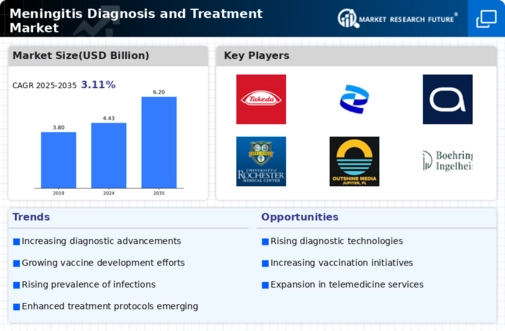

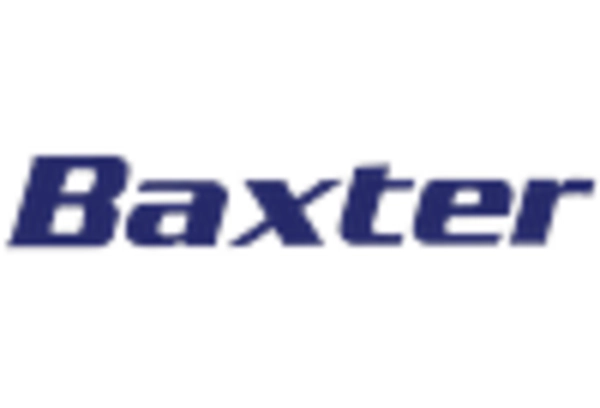
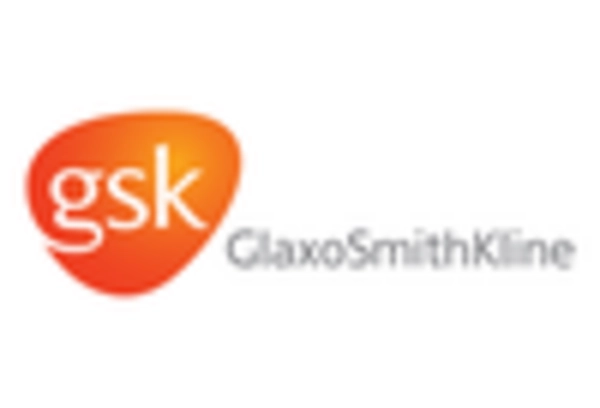
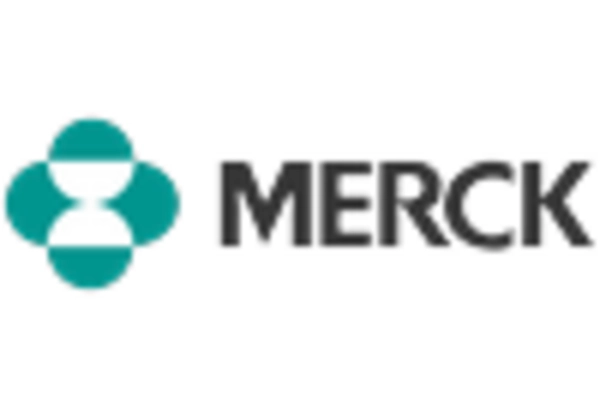
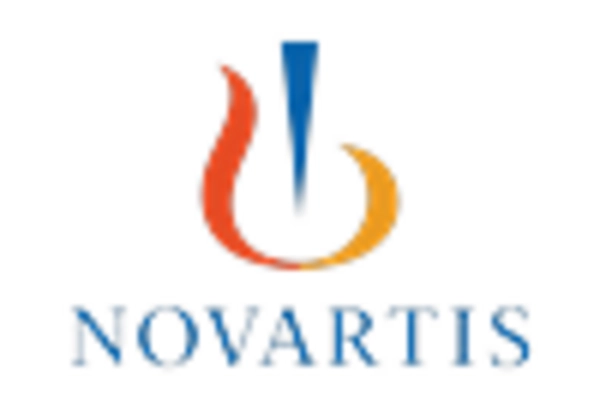
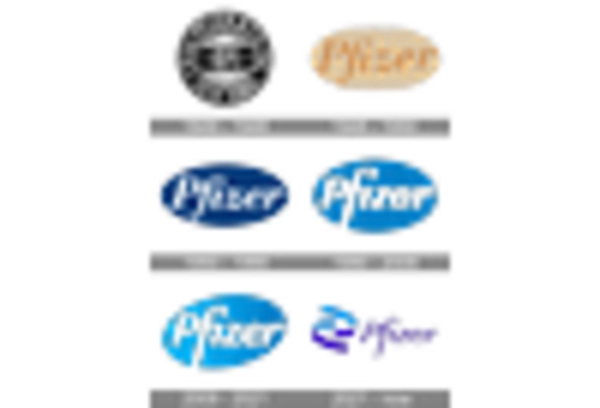
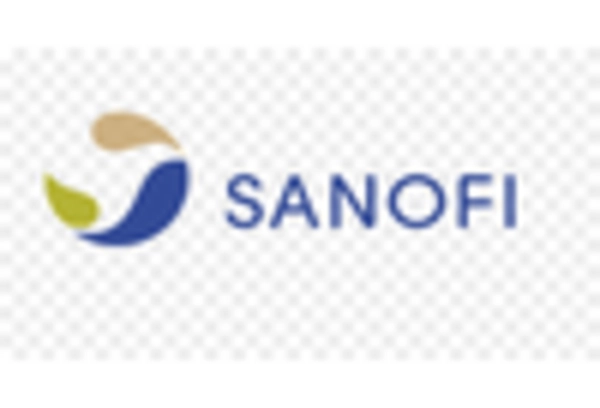








Leave a Comment